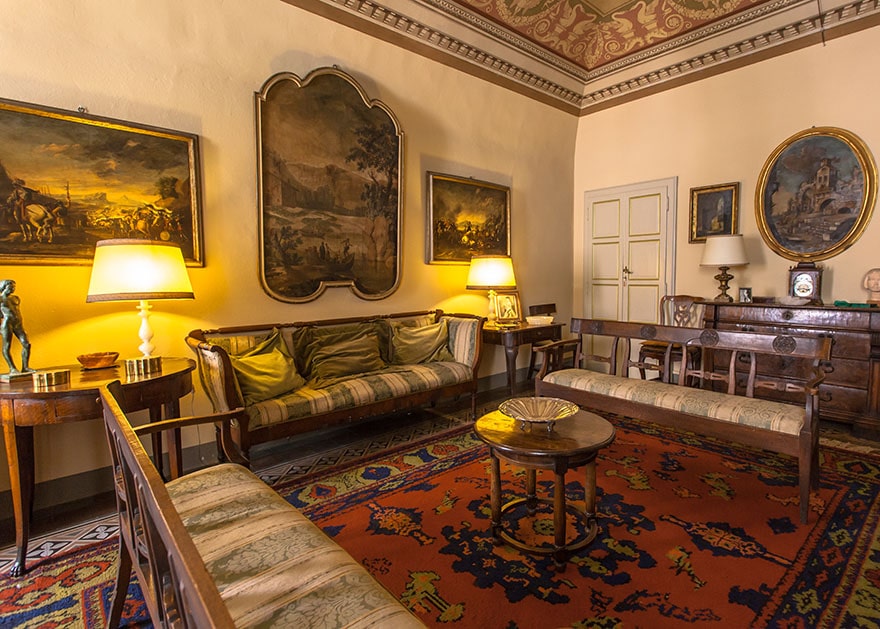
Some historical facts about Persian and oriental rugs
Carpet weaving was originally developed in Central Asian plains thousands of years ago. In those days the nomads were in need of some protection from cold winters. At the same time they also needed some decorations for their tents. There were herds of goats and their fur became the suitable material for using for the weft, warp and piles of the rugs they weaved. Oriental carpets are often pile woven as well as flat woven sans pile. These antique rugs range from pillow size to room-sized carpets and Christian altar covers. From middle ages, oriental carpets were an integral part of Persian culture where they originated and later they became a part of the cultural heritage of European and North American countries.
Oriental rugs facts
Geographically an area known as “rug belt” existed which was stretching from Morocco and extending to Middle East and then to Central Asia and Northern India. Countries like China, Iran, Turkey, Maghreb, Pakistan, India, and several cultural and racial groups living in these areas have formed part of the wide group of people who are responsible for the creation of these artistic masterpieces of these oriental rugs. As many of these countries lie in an area which is usually referred as “Islamic world” the rugs are also called as Islamic carpets. As the carpets are coming from Iran these carpets are also called as Persian carpets as Persia was the old name of Iran.
The looms were made of two ribs made of wood and they were fastened to the ground. Between them the wrap was secured. They were horizontal looms and are still being used by the nomads as they are easily foldable which makes moving to the next camp easy.
Discovery of the oldest Persian rug
Curvilinear and Geometric motifs were widely used for composing the patterns for the carpets. Most of these ancient handmade carpets were prepared using transient materials. In the excavations in Siberia conducted in the year 1947, the oldest carpet was found out. This carpet was named Pazyryk based on the name of the place of the discovery. It had a knot density of 360000 knots per sqmr. This density is higher than seen in most of the recent day carpets. It has a very interesting pattern with a ribbon motif in the middle. In the border, procession with deer is depicted and on another border warriors or horses are depicted. It is believed that this carpet was manufactured during the 5th century BC. The carpet was lying frozen in ice block and this is why it survived the weather and climatic outburst for all these 25 centuries. This carpet is now kept as a valuable piece of heritage at the Hermitage Museum in Russia.
Sixteenth century witnessed now found interest in carpets under the protection of emperors. Technically and artistically superior and most splendid and famous rugs were developed in the court workshops during this period. The most adored rug namely Ardabil carpet was developed during this period. It is now exhibited at the Victoria Museum, London. This rug which is considered to be developed at the Persian city named kashan is measuring 534×1152 cms. It is believed that the development of this carpet was started during the year 1539 AD and took 3-5 years for the completion of its weaving.
It is believed that there were two carpets of the same size and quality originally. It is also believed that, later one was sacrificed for repairing the other one which was seriously damaged by oversight or carelessness. This carpet is now exhibited at Victoria museum in London and the remaining parts of the second rug is exhibited in the Los Angeles Museum, USA. These area oriental rugs VA were developed using pile of wool, Persian knots, silk warp and weft etc. It has a known density of 518,000 knots per sq.meter. This carpet was sold in the 19th century to meet the expenditure needed for carrying out the repair work of a great mosque in Persia.
Categories: Home Improvement
